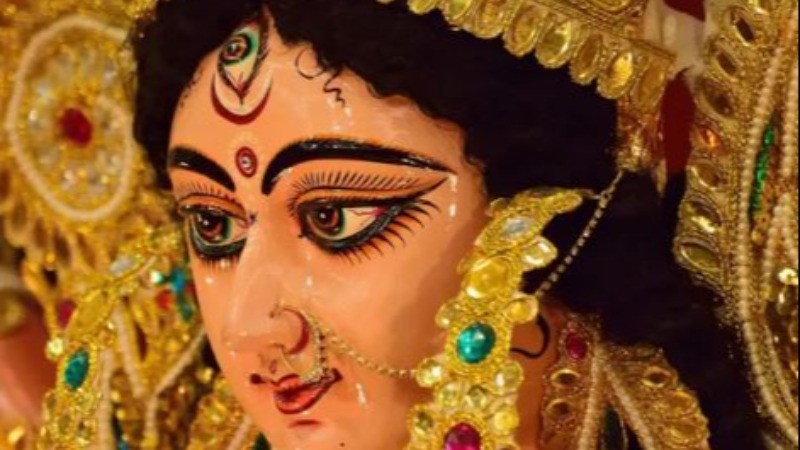
Shardiya Navratri is set to begin on October 3, 2024. This sacred festival spans nine nights, during which devotees worship the nine forms of Goddess Durga, each representing different aspects of life and divinity. During these days, followers engage in various rituals and practices to invoke the blessings of the goddess, and one essential component of these ceremonies is the offering of flowers.
Importance of Flowers in Worship
Flowers hold significant importance in any puja (worship) ceremony, but they take on a special meaning when it comes to the worship of Goddess Durga. Astrologers and spiritual guides assert that offering flowers to the goddess not only enhances prosperity and happiness but also aids in the eradication of sins. Each flower is believed to carry unique energies that can influence the divine connection and amplify the devotion of the worshiper.
Flowers to Avoid When Worshiping Goddess Durga
While many flowers are suitable for offering, some can lead to negative repercussions if presented to the goddess. It is crucial to avoid the following flowers, as they are believed to displease her:
Madar (Calotropis): Known for its toxic properties, this flower is considered impure for offerings.
Aak (Crown Flower): Similar to Madar, this flower is often associated with negativity and should be avoided.
Harsingar (Parijat): While beautiful, this flower is not favored in rituals dedicated to Goddess Durga.
Kaner (Nerium Oleander): This flower is known for its potent toxicity and is considered inauspicious.
Datura: Also toxic, this flower is associated with various superstitions and should not be offered.
Tulsi (Holy Basil): Although sacred, certain beliefs suggest it should not be offered to the goddess during Navratri.
Bel (Wood Apple): This fruit and its flowers are often avoided in goddess worship.
Tagar (Tagetes): This flower is not recommended for offerings due to its associations with impurity.
In addition to these specific flowers, any blooms that grow in impure locations or possess a strong, unpleasant odor should also be avoided.
Best Practices for Flower Offerings
When offering flowers to Goddess Durga, it is essential to adhere to certain guidelines to ensure the offerings are acceptable:
Avoid Tainted Flowers: Flowers that have been touched or smelled by others, or those that have fallen to the ground, should not be offered.
Bud Offerings: Except for Champa and Lotus, it is advised not to present flower buds to the goddess, as fully bloomed flowers are preferred.
By following these practices and being mindful of the types of flowers used in worship, devotees can enhance their spiritual connection and invoke the blessings of Goddess Durga during this auspicious time. The right offerings not only reflect respect and devotion but also help create a positive and prosperous environment in one’s life.
In conclusion, Shardiya Navratri is not just a time for celebration; it is a period for spiritual growth, reflection, and seeking the divine blessings of the goddess. By understanding and respecting the significance of flower offerings, devotees can deepen their connection to the goddess and receive her grace during this sacred festival.
How India Strongly Rejects U.S. Agency Report on Religious Freedom
Bangladesh Restricts Durga Puja Celebrations, Organizers Face Tax and Silence During Namaaz
This auspicious plant in the north direction will fill the coffers and bring abundant wealth